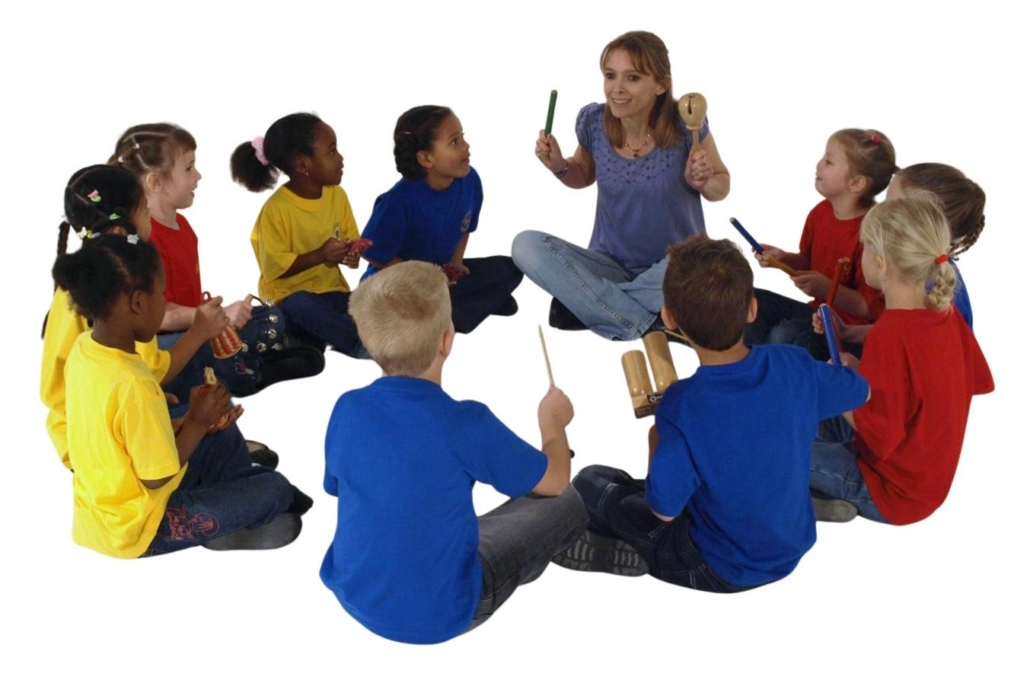Rhythm Games for Children: 20 Activities with One Simple Chant
Rhythm Games for Children: 20 Activities with One Simple Chant

One of the joys of teaching music is discovering just how much you can do with just one simple chant. You don’t need endless resources – sometimes the most effective classroom music activities come from keeping it simple.
Here’s a great example using the chant “Bee, Bee, Bumblebee”. It’s just four lines long, with four beats per line, and uses only the rhythms Ta (crotchet) and Te-te (two quavers).
Bee, bee, bumble bee (Ta, ta, te-te ta)
Stung a man upon his knee (Te-te, te-te, te-te ta)
Stung a pig upon his snout (Te-te, te-te, te-te ta)
I say you’re out! (Ta, ta, ta, ta)
From this one chant, you can create at least 20 different activities, many of which work across EYFS music lesson plans, KS1 music resources, KS2 music lesson plans, or even elementary music lesson plans.
20 Classroom Music Activities with “Bee, Bee, Bumblebee”
- Chant the words in unison.
- Chant and tap the pulse on your knees.
- Chant and clap the rhythm.
- Think the words silently while clapping the rhythm.
- Say it using rhythm names (Ta and Te-te).
- Half the class taps the pulse, half claps the rhythm (then swap).
- Play the Rhythm and Pulse game.
- Try the out loud / in your head game.
- Chant and tap the pulse on percussion instruments.
- Chant and play the rhythm on instruments.
- Half the class plays the pulse on one set of instruments, half plays the rhythm on another (then swap).
- Create a rhythm composition using instruments.
- Chant while walking the pulse.
- Chant while walking the rhythm.
- Walk the pulse and clap the rhythm at the same time.
- Walk the rhythm and clap the pulse.
- Tap the pulse on one knee and the rhythm on the other.
- Chant while clapping an ostinato.
- Divide the class in 4 groups and each group claps one line repeatedly, building layers.
- Perform in small groups with different combinations of pulse, rhythm, and ostinato.
Why This Works
- It’s simple and accessible for all ages.
- It builds progressive music development, starting with pulse and rhythm, then layering in ostinatos and compositions.
- It’s flexible: you can use it in Year 1 music activities, Year 2 music planning, or even as part of a Year 3–6 music curriculum.
- It makes easy music lessons for classroom teachers – no complicated preparation or specialist training required.
A Foundation for Composition
Activities like this show children that from the simplest chant, they can:
- Keep a steady pulse.
- Recognise and perform rhythm patterns.
- Create their own ostinatos and compositions.
This is musical development through play at its best – child-centred, creative, and fun!
